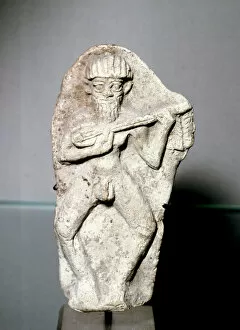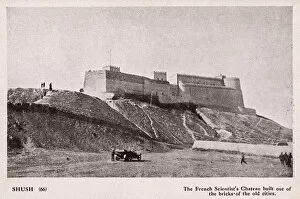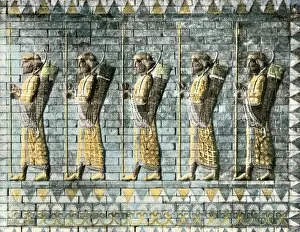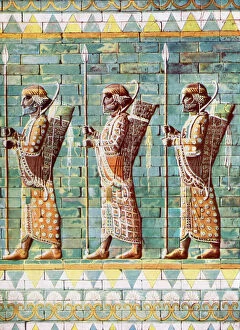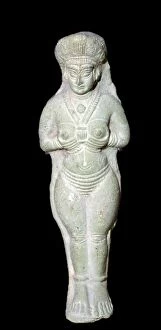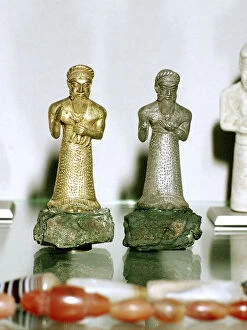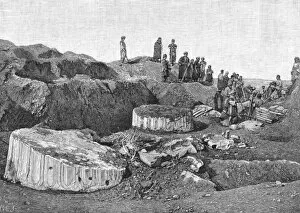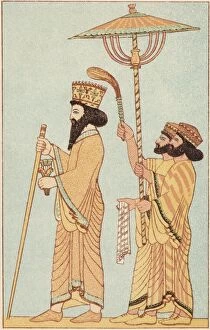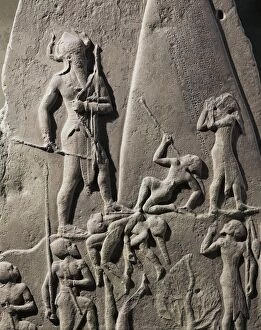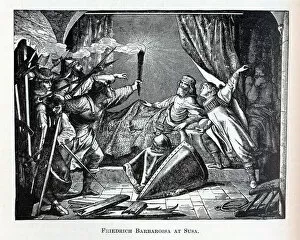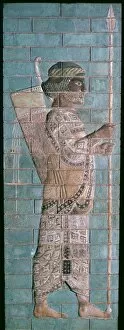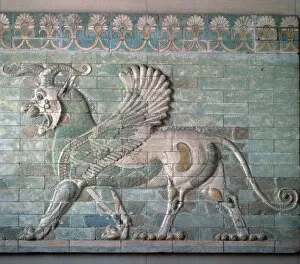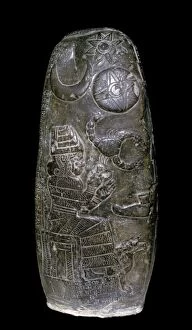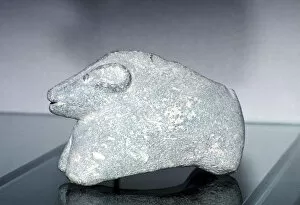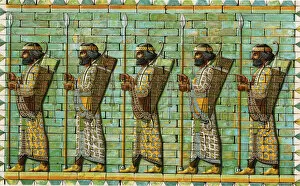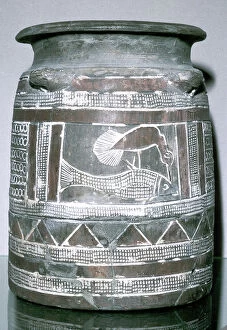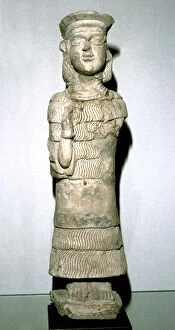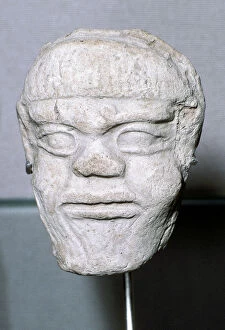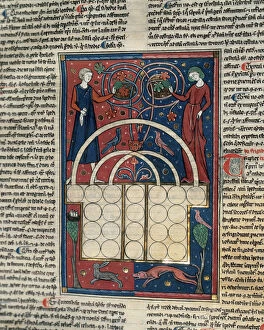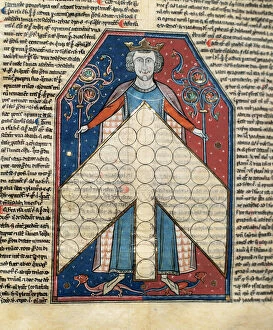Susa Collection (#2)
"Susa: A Glimpse into Ancient Persian Splendor" Step back in time and immerse yourself in the rich history of Susa
For sale as Licensed Images
Choose your image, Select your licence and Download the media
"Susa: A Glimpse into Ancient Persian Splendor" Step back in time and immerse yourself in the rich history of Susa, an ancient city that witnessed the rise and fall of empires. From the renowned Code of Hammurabi to stunning tile mosaics depicting fish, it offers a treasure trove of archaeological wonders. Marvel at the intricate details of the Susa Family Portrait, a testament to artistic excellence during Roman times. The Archers frieze from Darius I palace transports you to 500 BC, showcasing Assyrian artistry at its finest. Discover the musical heritage through a terracotta figurine depicting a male musician from Iran's Middle Elamite period. This artifact echoes melodies that once filled these ancient streets. Witness love transcending borders as Alexander the Great ties knots with Estatira in their wedding ceremony held within Susa's walls. Their union symbolizes unity amidst diverse cultures. The lion frieze from King Darius' winter palace captivates with its majestic portrayal, reminding us of Persia's grandeur. Persian relief sculptures immortalize archers from the Royal Guard, highlighting their prowess and dedication. Bow before Astarte (Ishtar), represented by a magnificent terracotta statue found in Susa. This goddess embodies power and fertility, revered by inhabitants during Middle Elamite times. Gold and silver figurines discovered near Temple Inshushinak showcase Elamite worshippers' devotion over twelve centuries ago. These precious artifacts offer glimpses into religious practices that shaped this ancient society. Archaeology enthusiasts will find themselves enchanted by every corner of Susa—a city where past meets present seamlessly. Join Jane Dieulafoy on her explorations through this captivating land as depicted in engravings that bring her adventures to life. Embark on an unforgettable journey through time as you delve into Iran's archaeological gem—Susa.

